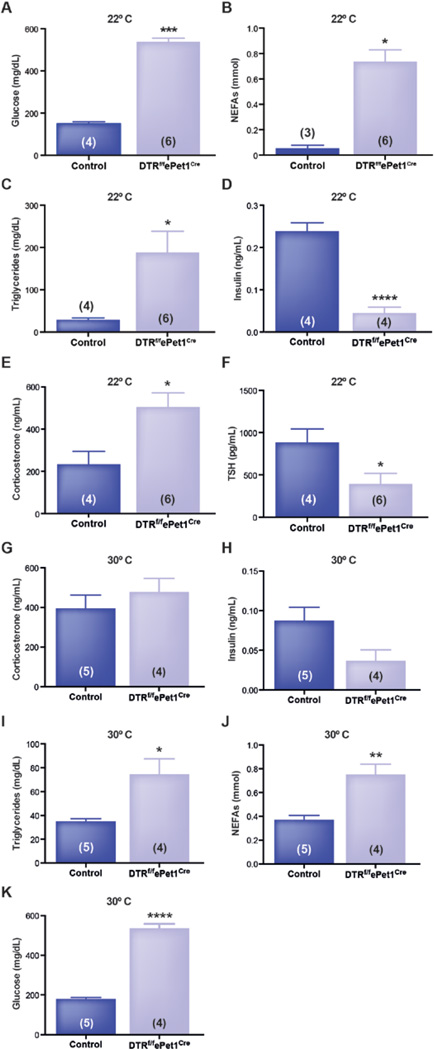Figure 3. Ablation of Pet-1+ neurons causes hyperglycemia, hyperlipidemia, and endocrine changes that are partly temperature-dependent.
(A–F) Plasma (A) glucose, (B) fatty acids, (C) triglycerides, (D) insulin, (E) corticosterone, (F) and thyroid-stimulating hormone in i.p. DT-treated DTRf/fePet1Cre mice and controls at 22°C.
(G–K) Plasma (G) corticosterone, (H) insulin, (I) triglycerides, (J) fatty acids, and (K) glucose in DT-treated DTRf/fePet1Cre mice and controls at 30°C.

